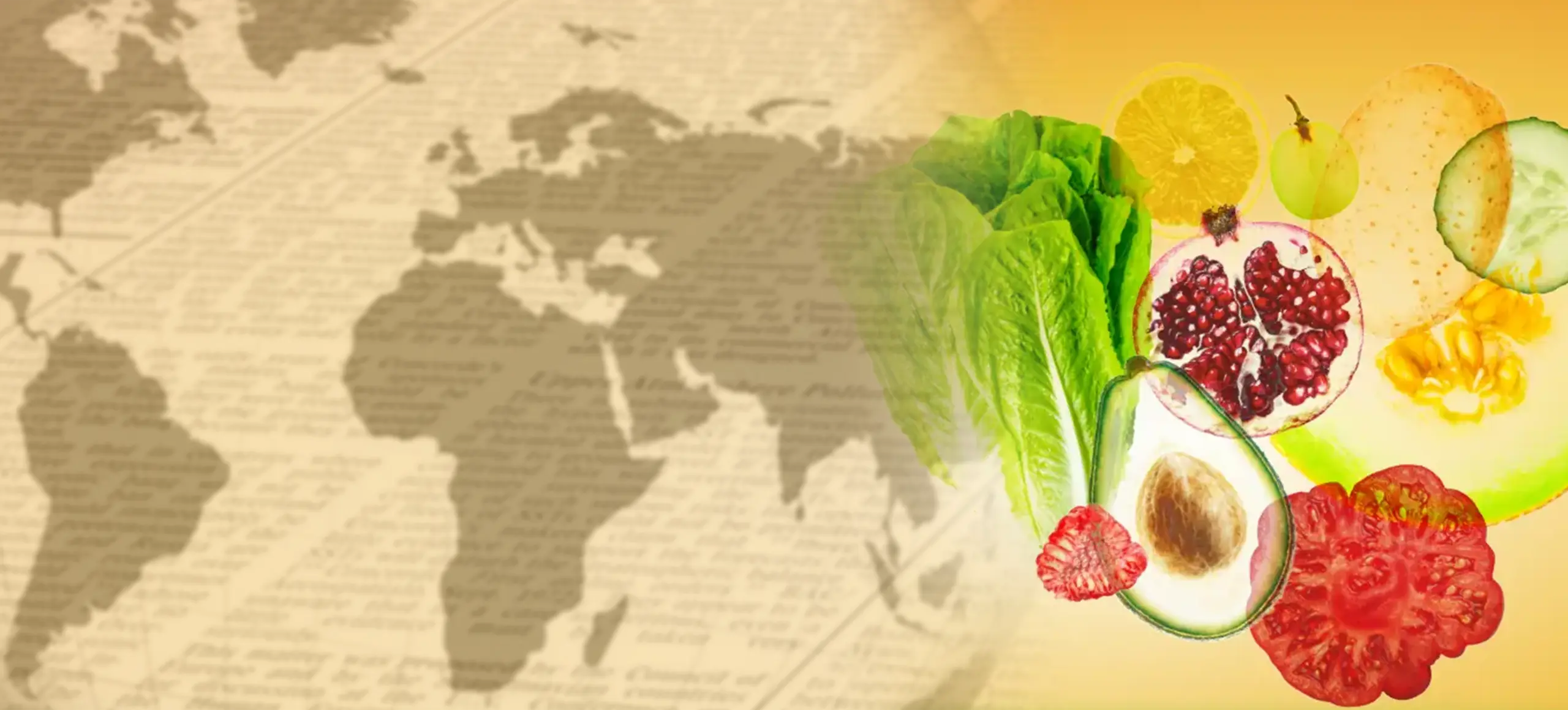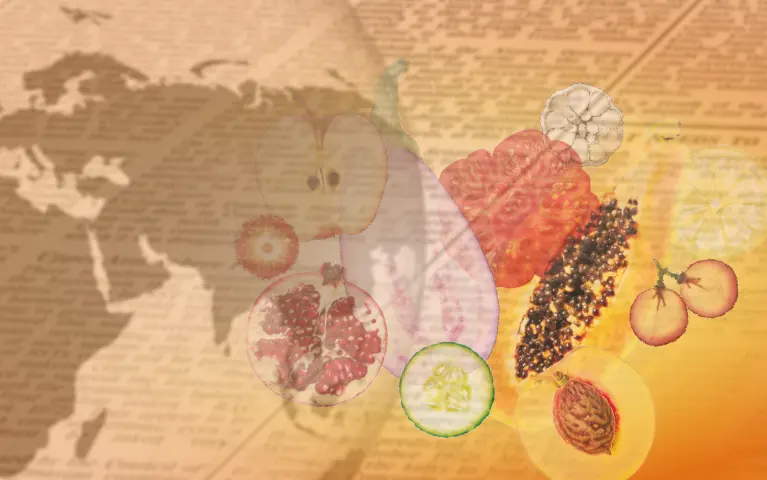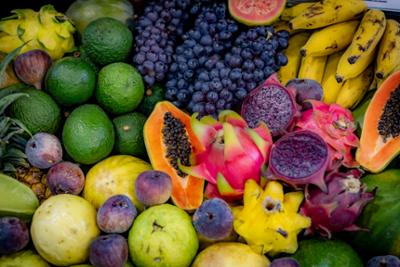

MERCOSUR and Europe: trade agreements, impact and challenges
In recent times we have been experiencing geopolitical upheaval with wars, shifting alliances between countries, a rethinking of globalisation and a change in economic structures with new technologies taking centre stage.
The world has been shaping itself into large economic blocs that fight each other to be protagonists and pre-eminent. And what seemed to be consolidated alliances for decades, based on cultural communion, are breaking up, as in the case of Europe and the United States. The United States is now more protectionist, China continues to push forward as a great world power, the European Union is a large market that is trying to move forward, there are other economic groups of countries such as Mercosur in South America or different groups in Africa. The G7 - to which the world's main liberal economies with democratic regimes belong - is responded to by other alliances such as the BRICS (Brazil, Russia, India, China and South Africa).
What is clear is that the world is moving towards stronger economic blocs and the European Union is one of the most important with a GDP of some 17 trillion euros (gross domestic product) and 450 million inhabitants. It maintains economic relations with other markets and in these months it is affected - like other countries - by the turnaround in the new US administration presided over by Donald Trump. This new protectionism with continuous changes of opinion has resulted in tariff threats that have accelerated efforts to seek new trade agreements, as in the case of Mercosur.
What is MERCOSUR?
How and why it was born
Mercosur (Mercado Común del Sur) is a supranational organisation that was founded in 1991 in Asunción and began operating in 1995. The founding countries sought greater economic cooperation in a region with great potential, especially in agricultural activities. Other economic communities were already functioning, as is the case of the current European Union, then made up of twelve countries (today 27; Spain joined in 1986), and agreements between regions were becoming increasingly common, as is the case of North America (United States with Canada and Mexico), for example. In South America there were already trade and friendship agreements between neighbouring countries.
Treaty of Asunción (1991): the beginning of MERCOSUR
Thus, when it was founded in 1991 in Asunción (capital of Paraguay), the main objective was to ‘promote a common space that generates trade and investment opportunities through the competitive integration of national economies’ and their interrelation with the international market.
Economically, Mercosur is in charge of coordinating and supervising economic relations between its associated countries while also negotiating with other countries or economic communities; in this sense, it could be the equivalent of a South American-style European Union with free circulation, elimination of internal obstacles, adoption of joint macroeconomic policies or negotiation with third parties, depending on its goals, but with less political integration. However, it also has other instruments to promote participation and cooperation, such as the Mercosur Structural Convergence Fund (FOCEM), the Institute for Public Policy on Human Rights (IPPDH), the Mercosur Social Institute (ISM) and Parlasur, a parliamentary representation body with powers, but even less developed than its European counterpart.
Mercosur has a GDP of around 5 billion euros and a market of some 300 million inhabitants, all countries considered.
Member countries and their role in international trade
In Mercosur, a distinction is made between member states (which imply greater integration) and associated states, with which there is lesser cooperation.
Founding members of MERCOSUR
One of the characteristics of Mercosur is that its initial member countries have continuity of borders, but there is a great difference in weight between them. The founding members are Brazil, Argentina, Paraguay and Uruguay, which are party states and are the ones that are currently the most integrated.
As in all integration processes between sovereign states with continuous political changes, there have been moments of greater or lesser progress and intensity of relations. Thus, Bolivia's incorporation as a state party has been in process since 2015, despite the fact that it is nominally part of this group, and Venezuela has been suspended for years.
Associated countries and observers
Associated countries include Chile, Colombia, Ecuador, Guyana, Suriname, Peru and Panama, i.e. all South American countries are related to Mercosur to a greater or lesser extent.
Returning to the four main countries, according to World Bank data for 2023, the nominal GDP of Brazil (211.1 million inhabitants) was $2.173 trillion, while that of Argentina (45.5 million inhabitants) amounted to $0.646 trillion, that of Uruguay (3.3 million inhabitants) to $0.077 trillion and that of Paraguay (6.8 million inhabitants) to $0.042 trillion. In other words, Brazil represents 79.15 per cent of the population and 73.94 per cent of GDP.
Key protocols and agreements
Since its foundation, Mercosur has been taking steps towards greater integration, commitments that are sometimes difficult to implement due to the overlapping of national interests; Brazil belongs to Mercosur, BRICS and the G20, for example. Although agreements have been adopted in different years, here are the main milestones.
Ouro Preto Protocol (1994)
After the initial agreement in Asunción, the next major step was the Ouro Preto Protocol in 1994, which articulated the institutional basis of the organisation, such as a rotating presidency of the Common Market Council, the Common Market Group (more executive) or the Mercosur Market Commission, a monitoring body. There was also talk of a parliamentary assembly (2005) or a Permanent Court of Review. Mercosur was already a subject of international law.
Ushuaia Protocol (1998)
In 1998, the Ushuaia Protocol made the existence of democratic orders and commitments a condition for membership; in fact, Venezuela is suspended as a state party precisely because of its internal political problems.
Montevideo Protocol (2010)
In 2010, the Montevideo Protocol set the rules for trade in services in Mercosur.
Trade agreements between Mercosur and Europe
History of negotiations between Mercosur and the European Union
Contacts with the European Union were initiated as soon as Mercosur was established, but have had ups and downs. Negotiations stalled in 2006 and 2012 and were reactivated again in 2016. It was in 2019 that there was talk of an agreement in principle that was not finalised until the end of 2024. However, there is still a long way to go, as the whole process established in the constitutional architecture of the European Union (EU) must now pass, with many negotiations and dates ahead, with reluctance in many countries.
The geopolitical objective is to establish a trade alliance between two economic blocs that represent a market of more than 700 million people and 20 per cent of the world's GDP. Among the points, the agreement affects all economic sectors with the elimination of tariffs and mutual restrictions. The main beneficiaries are the industrial and service sectors. On a more technical level, the agreement covers many areas: tariffs, rules of origin, technical barriers to trade (such as sanitary and phytosanitary barriers in agriculture), services, public tenders, intellectual property, sustainable development and SMEs.
Main points of the Mercosur-EU Agreement
Mercosur is the fifth largest market in the world for the EU (the largest exports were machinery, chemicals and transport equipment, more than 60%); and Europe is the second largest destination for Mercosur, after China. More than 30% of shipments to the continent are food products, with soya leading the way.
Specifically in the agri-food sector, the tariff reduction could be around 90%. For Spain, this could mean business opportunities for sectors such as olive oil, wine and some fruit and vegetable products, according to the Ministry of Agriculture. According to data from the European Commission, in 2023, the EU exported 253 million euros in the chapter on fruit, dried fruit and vegetable preparations; 215 million euros in fruit and dried fruit; and 122 million euros in vegetables, in all cases with a sharp increase in recent years. On the other hand, imports from Mercosur amounted to 9,898 million euros in soya and other seeds; 1,770 million euros in dried fruits and nuts; and 1,230 million euros in fruit preparations.
Another of the horticultural products specified in the agreement is garlic, with a quota of 15,000 tonnes over 7 years. Apples, pears, peaches, cherries, plums, dried fruit and table grapes would be liberalised from day one. For fresh citrus fruits, red fruits, canned vegetables such as tomatoes and peaches or jams, liberalisation would take between 4 and 10 years. All these figures are based on an analysis by Cooperativas Agroalimentarias de España.
However, it is clear that Argentina and Brazil are major agricultural powers, so they will have better access to the European market. There are threats for sectors such as beef, chicken, rice and orange juice. The truth is that the EU is clearly very much in deficit with Mercosur in the agri-food sector.
And then there is the small print with the issues of safety standards, quality, labour regulations and reciprocity, which could lead to inequality in fair competition between blocs. It is clear that the primary sector will once again have to adapt to this new framework in a new exercise of resilience.
Mercosur and relations with other regions
As has been indicated, the integration process and internal relations within Mercosur are disparate and move at different speeds. In fact, at the external level, trade agreements have even been negotiated on a country-by-country basis over the years, mainly with its neighbours in the Andean Community (Colombia, Peru, Ecuador, etc., countries that are not member states of this organisation). Bolivia is a member of the Andean Community and is in the process of integration with Mercosur.
It has also signed trade agreements with the Southern African Customs Union, India, Israel, Turkey, the Republic of Korea, Chile, Mexico and Canada, at different levels and for different sectors.
Summary
Mercosur and the European Union constitute two major global economic areas. In a world with an unstable geopolitical situation that looks set to continue over time, an agreement can help mutual economic growth. Some sectors will benefit more than others, and the agri-food sector is one of the most affected, with a strong impact on many products. And beyond the purely economic transaction, there is reciprocity in the application of norms and standards for fair and comparable competition. In short, the impacts and challenges of a trade agreement that still has some way to go before it is ratified.






